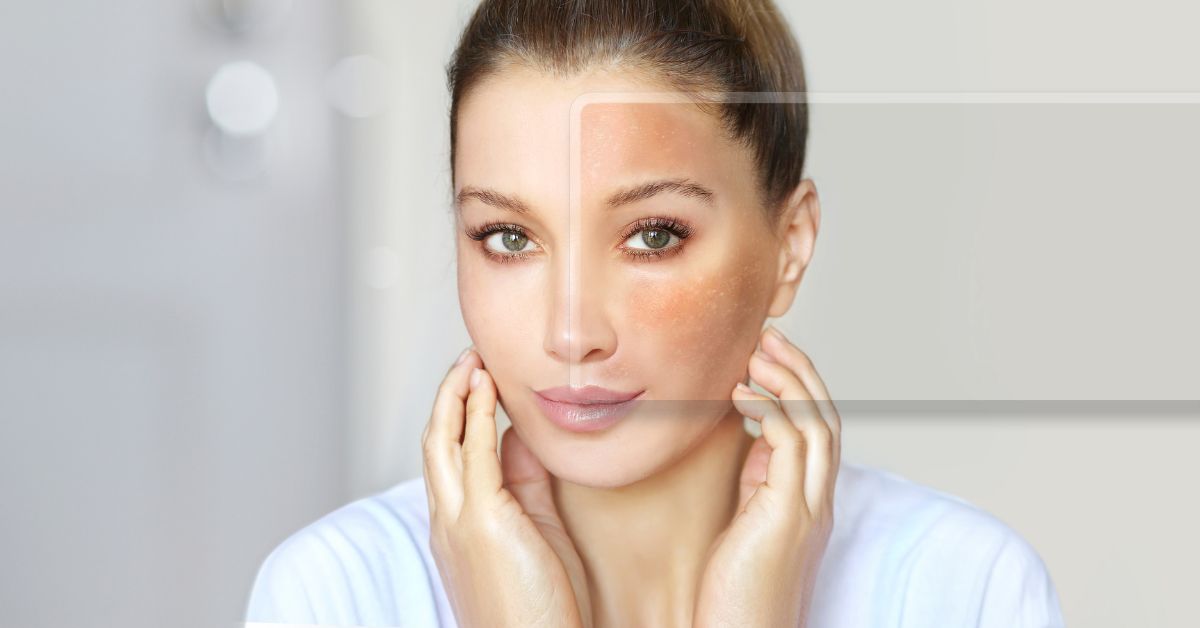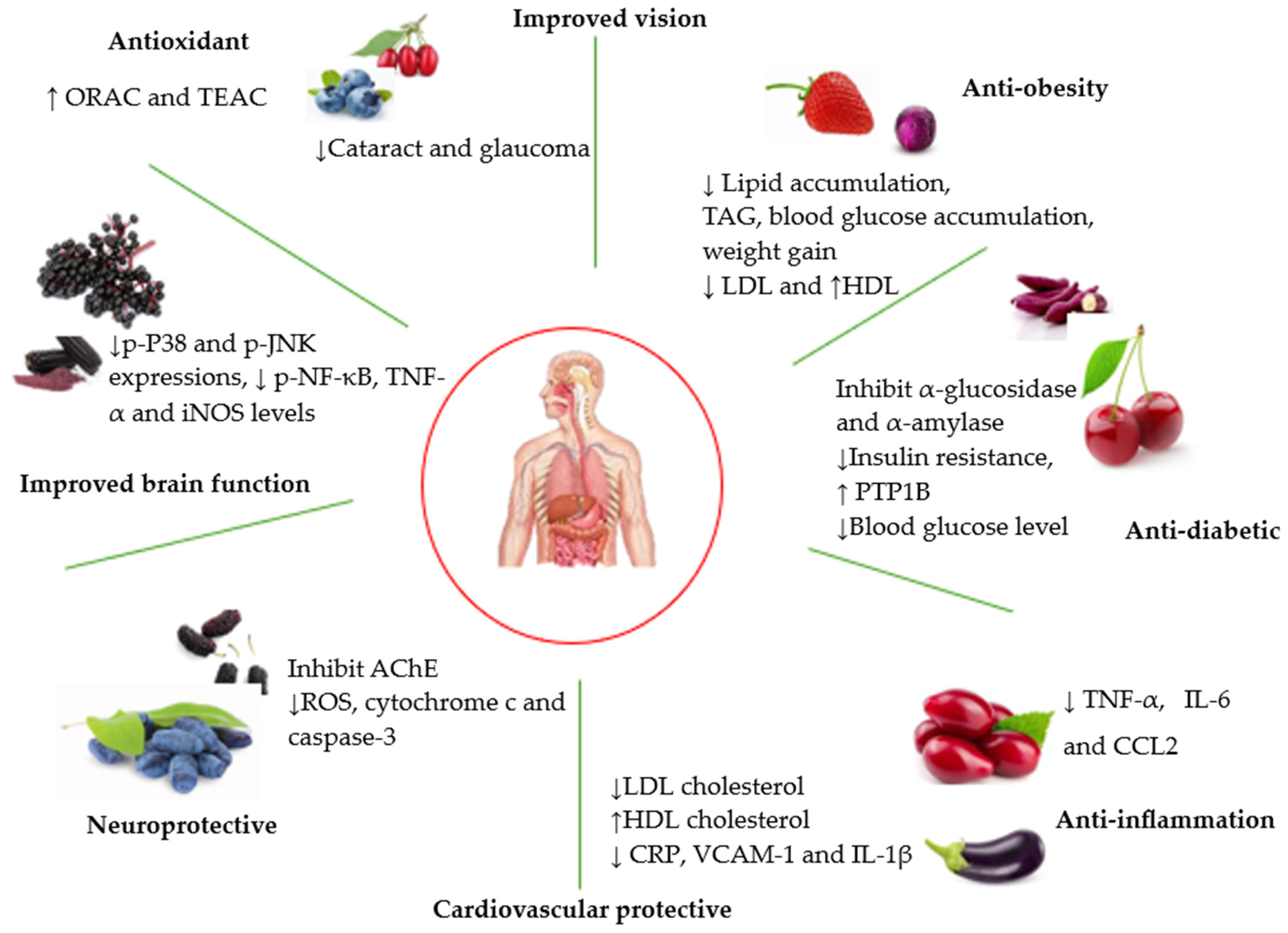is anthocyanin an antioxidant?
Understanding Anthocyanins
Anthocyanins are naturally occurring pigments in a large number of fruits, vegetables, and flowers, which impart red, purple, and blue color to them. Anthocyanins are part of the flavonoid class of compounds, a group of polyphenols that have broad recognition for potential health effects. Anthocyanins occur in foods like blueberries, blackberries, red cabbage, and grapes, among others, and have gained interest due to their ability to advance overall well-being. But are they antioxidants?

The Antioxidant Activity of Anthocyanins
Antioxidants are compounds that assist in neutralizing detrimental free radicals within the body, mitigating oxidative stress and decreasing the risk of chronic illness. Experiments have demonstrated that anthocyanins contain high antioxidant activity, which enables them to fight oxidative damage on a cellular level. Through their electron-donating capability, they are efficient at stabilizing free radicals, stopping cell damage that can lead to aging, inflammation, and illness.

Anthocyanins: Highly potent antioxidants
Anthocyanins are red, purple or blue-coloured pigments from the flavonoid family. They are present in many fruits and vegetables, especially berries: they give red fruits their distinctive colours.
A British study associates the consumption of haskap, a red fruit rich in anthocyanins, with a 2% improvement in the running performance of athletes over a distance of 5 km, i.e., a speed increase of about 0.25 km/h. These benefits are thought to be linked to better oxygen management by athletes, reflected in a significant increase in their VO2 max, the maximum oxygen consumption per minute of the body for exertion.
These beneficial effects are explained by the antioxidant activity of anthocyanins, considered to be the best natural flavonoid.

How Anthocyanins Protect the Body
Anthocyanins have their antioxidant action through several mechanisms:
1. Scavenging Free Radicals: These pigments neutralize ROS that are responsible for cellular damage.
2. Enhancing Enzyme Activity: Anthocyanins assist in enhancing the activity of antioxidant enzymes such as superoxide dismutase (SOD) and catalase, reinforcing the body's internal defense mechanisms.
3. Reducing Inflammation: Inhibiting pro-inflammatory pathways is how anthocyanins aid in having decreased levels of chronic inflammation, one of the prime factors of disease conditions such as heart disease and arthritis.
4. Protection of DNA: Anthocyanins have been found to prevent DNA from damage by oxidative sources, leading to mutations and the formation of cancers.
5. Improvement of Mitochondrial Function: Anthocyanins can keep the mitochondria intact, upholding overall energy production of cells and limiting oxidative damage.

Sources of Anthocyanins
Anthocyanins are found in high concentrations in many fruits, vegetables, and grains. Some of the richest dietary sources are:
1. Berries: Blueberries, blackberries, raspberries, and strawberries are all high in anthocyanins.
2. Grapes and Red Wine: Dark grapes and their products, such as red wine, are rich in anthocyanins.
3. Purple and Red Vegetables: Red cabbage, eggplant, purple sweet potatoes, and beets are good sources.
4. Legumes and Grains: Black beans and black rice are also good sources of anthocyanins.
5. Tea and Cocoa: Certain teas, like hibiscus tea, and dark chocolate have anthocyanins.

Health Benefits Attributed to Anthocyanin Antioxidants
Thanks to their highly effective antioxidant status, anthocyanins have been credited with many health benefits such as:
1. Heart Health
Research indicates that anthocyanins improve blood vessel function, decrease blood pressure, and protect against cardiovascular disease. They lead to better circulation, decreased arterial stiffness, and decreased levels of LDL cholesterol, also referred to as "bad" cholesterol.
2. Brain Function and Cognitive Health
Anthocyanins are associated with better cognitive function and a lower risk of neurodegenerative diseases like Alzheimer's. They contribute to lowering oxidative stress in the brain, boosting neuron-to-neuron communication, and preventing age-related cognitive impairment.
3. Eye Health
These flavonoids can help prevent age-related macular degeneration (AMD) and enhance vision by limiting oxidative damage to eye cells. Anthocyanins have been found to enhance night vision and lower the risk of cataracts.
4. Cancer Prevention
Certain studies suggest that anthocyanins are able to retard cancer cell growth and inhibit tumor formation by fighting oxidative stress. They suppress cancer cell growth, trigger apoptosis (cell death), and regulate cancer development-related signaling pathways.
5. Gut Health and Microbiome Support
Anthocyanins also help in maintaining a healthy gut microbiome by supporting the growth of good bacteria. Research has revealed that anthocyanins can lower gut inflammation and may help prevent gastrointestinal diseases such as irritable bowel syndrome.
6. Diabetes Management
Anthocyanins can assist in managing blood sugar levels and enhancing insulin sensitivity. Studies have shown that foods high in anthocyanins can lower blood sugar spikes after meals, and thus are useful for diabetic or pre-diabetic individuals.

Adding Anthocyanins to Your Diet
To reap the most benefits of anthocyanins, add them to your daily diet in the following manner:
1. Start Your Day with a Berry Smoothie: Blend blueberries, blackberries, or acai berries with yogurt or plant-based milk for a nutrient-packed breakfast.
2. Include More Colorful Vegetables: Add red cabbage, purple sweet potatoes, and beets to salads, soups, or stir-fries.
3. Snack on Dark Chocolate: Opt for dark chocolate with high cocoa content to get anthocyanin benefits while satisfying your sweet tooth.
4. Drink Hibiscus or Berry Teas: These teas are full of anthocyanins and offer a tasty, antioxidant-packed substitute for sweetened beverages.
5. Create Anthocyanin-Dense Desserts: Add black rice, cherries, or blueberries to homemade desserts such as yogurt parfaits, fruit salads, or oatmeal bowls.
6. Employ Natural Food Coloring: Rather than artificial coloring, use anthocyanin-dense ingredients such as beet powder or blueberry extract to color and nourish recipes.
7. Add Red Wine in Moderation: If you drink alcohol, moderate red wine consumption can offer anthocyanins as well as other helpful polyphenols.

Possible Risks and Considerations
Although anthocyanins are safe and healthy in general, a few things should be remembered:
1. Excessive Use of Supplements: Consuming high doses of anthocyanin supplements without consulting a professional may not be of any extra benefit and may interact with some medications.
2. Processing and Storage: Anthocyanin content may decrease over time, so eating fresh, frozen, or lightly processed foods is better than highly processed or long-stored foods.
3. Individual Variability: Anthocyanin effects may differ based on genetics, diet, and overall lifestyle influences.

Conclusion
Anthocyanins are indeed potent antioxidants with numerous health benefits. Their capacity to fight oxidative stress, promote cardiovascular well-being, improve cognitive function, and inhibit inflammation makes them an excellent addition to a healthy diet. Eating foods rich in anthocyanin such as berries, purple sweet potatoes, and red cabbage can help improve overall health and defend against chronic disease. Adding these colorful compounds to your daily meals is an easy and effective means of tapping into their antioxidant potential.
References
Cassidy, A., Rogers, G., Peterson, J.J., Dwyer, J.T., Lin, H., & Rimm, E.B. (2013). Higher dietary anthocyanin intake is associated with lower arterial stiffness and central blood pressure in women. American Journal of Clinical Nutrition, 98(6), 1530-1538.
He, J., & Giusti, M.M. (2010). Anthocyanins: Natural colorants with health-promoting properties. Annual Review of Food Science and Technology, 1(1), 163-187.
Krikorian, R., Shidler, M.D., Nash, T.A., et al. (2010). Blueberry supplementation improves memory in older adults. Journal of Agricultural and Food Chemistry, 58(7), 3996-4000.
Wallace, T.C., Slavin, M., & Frankenfeld, C.L. (2016). Systematic review of anthocyanins and markers of cardiovascular disease. Nutrients, 8(1), 32.
Zafra-Stone, S., Yasmin, T., Bagchi, M., Chatterjee, A., Vinson, J.A., & Bagchi, D. (2007). Berry anthocyanins as novel antioxidants in human health and disease prevention. Molecular Nutrition & Food Research, 51(6), 675-683.
Zhang, H., Zheng, X., Jia, X., et al. (2020). Dietary anthocyanins: A review of their metabolism, biological activity, and health benefits. Journal of Functional Foods, 72, 104086.

